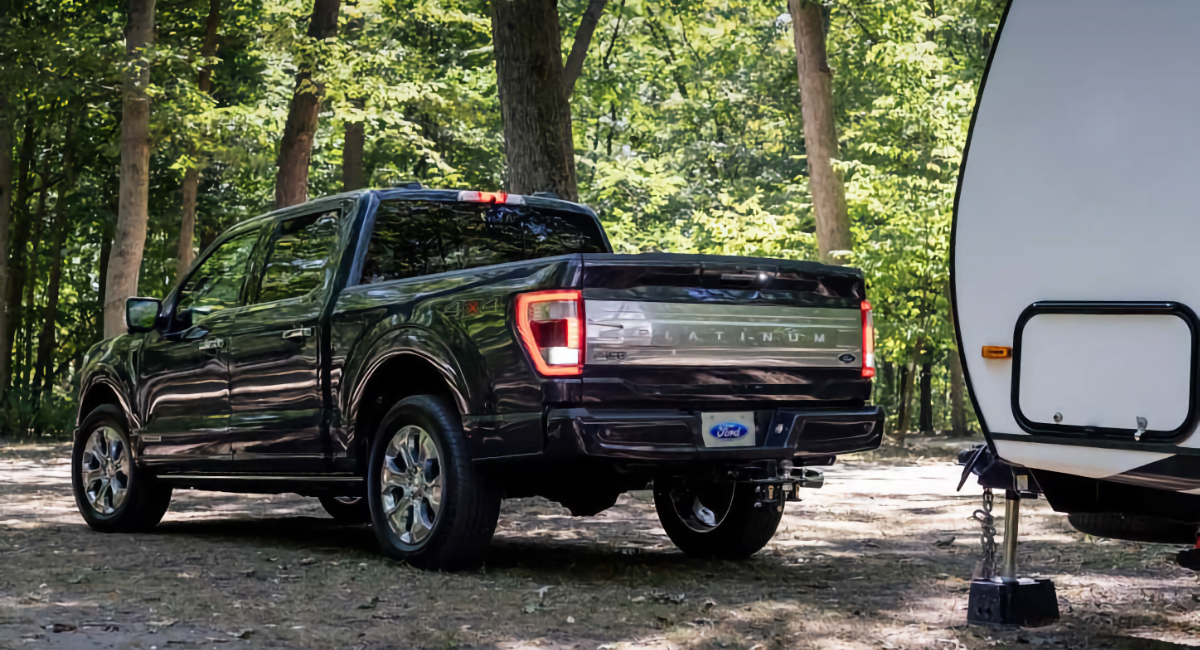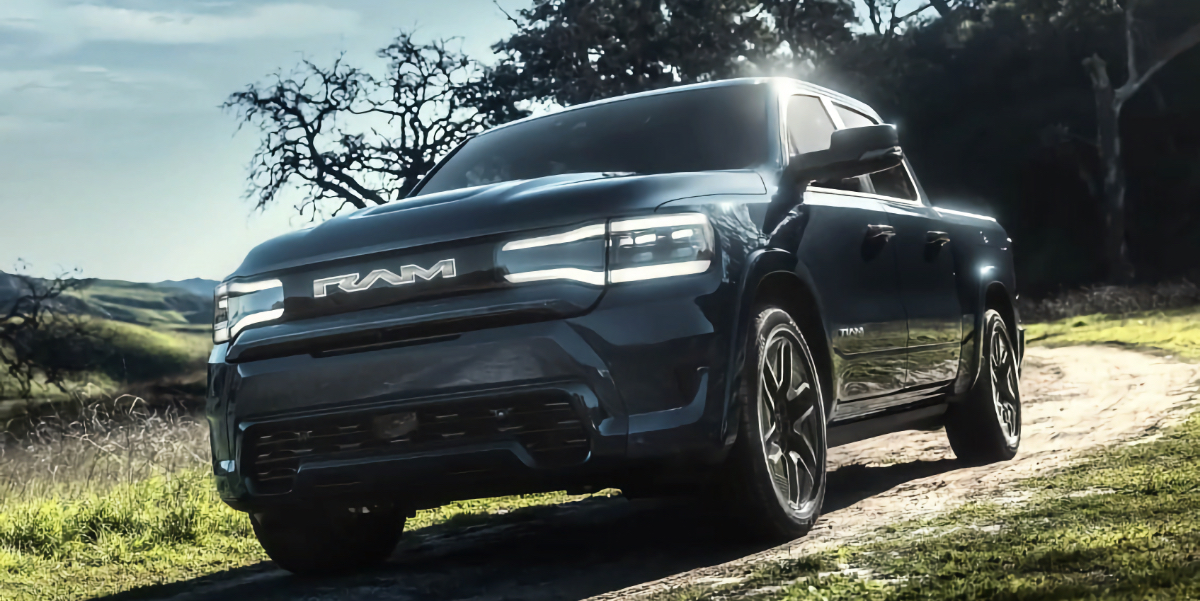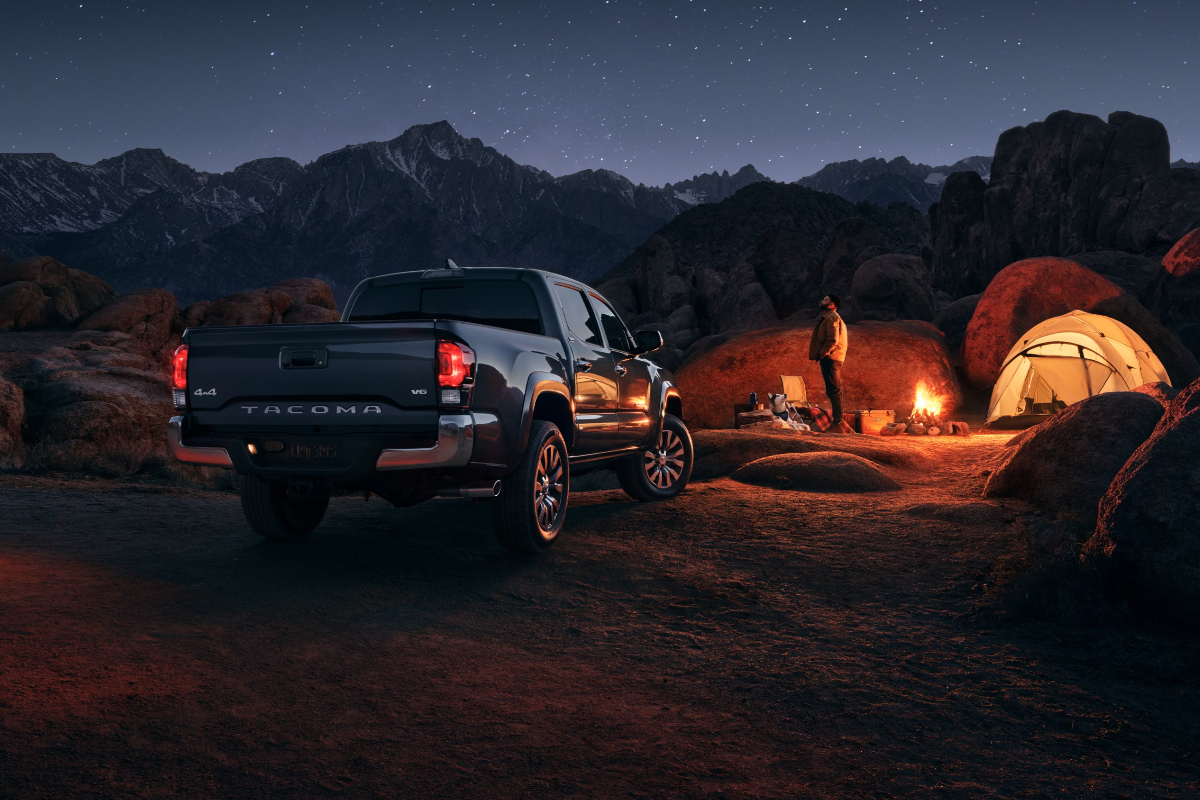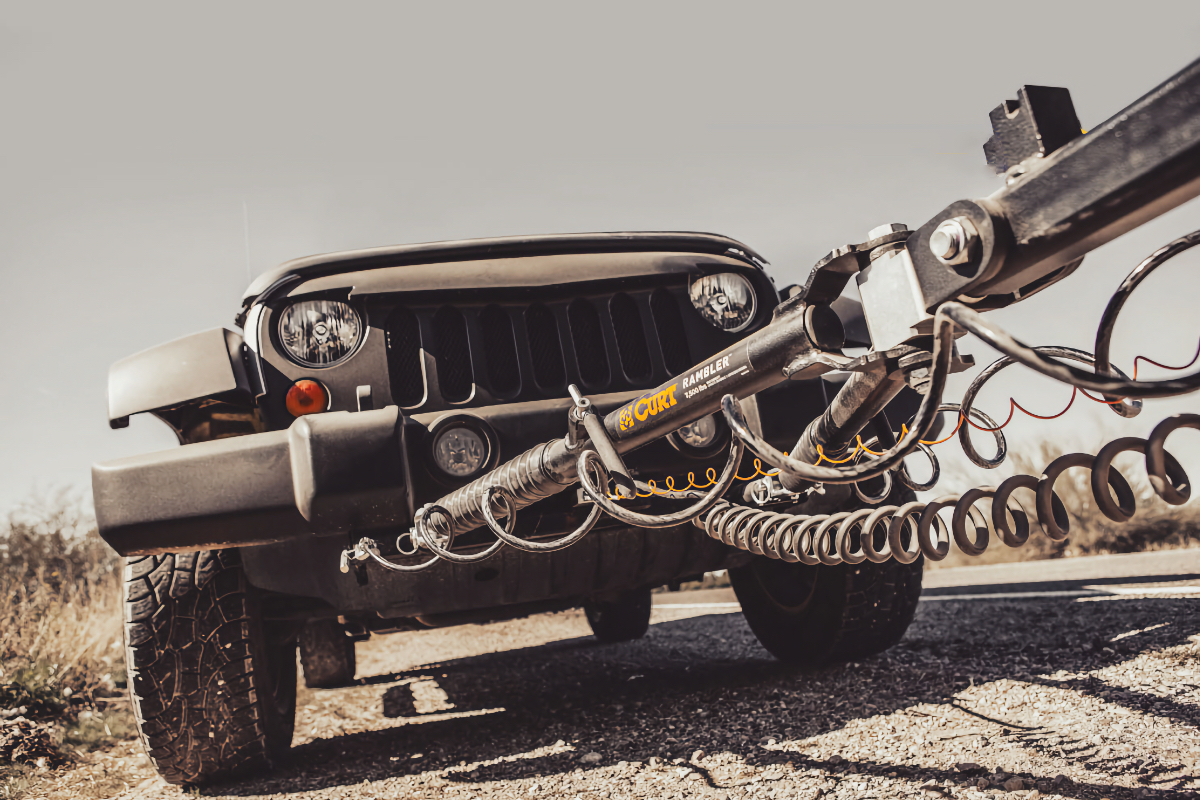How to Hitch Travel Trailers and Fifth-Wheels
Image Caption:
16 Steps for Hitching Travel Trailers
- Chock the trailer tires.
- Insert ball mount into tow vehicle’s hitch receiver and secure it with the proper hitch pin or locking hitch pin.
- Inspect and lube the hitch ball and ends of weight-distributing bars, if necessary or applicable.
- Raise the trailer coupler high enough to clear the hitch ball.
- Back the tow vehicle to the trailer’s A-frame with the aid of a helper or rearview-camera system and stop when the hitch ball is directly under the trailer’s coupler. For safety, be sure to set the tow vehicle’s emergency brake after positioning the hitch ball under the coupler.
- Lower the trailer’s coupler onto the hitch ball, secure the coupler latch and use a pin to lock in place.
- Using the A-frame jack, raise the front of the trailer and rear of the tow vehicle several inches. This will allow the spring bars to be installed without excessive tension.
- Install the spring bars into the correct position. Use a lifting tube to cinch the spring bars and do not release pressure on the bar until the spring-bar bracket is locked in place using the proper pin.
- Lower the A-frame until the jack foot is off the ground. If the trailer is not level, the spring bars may need to be adjusted. If this is not possible, the ball mount may need adjusting.
- Hook up the safety chains by crisscrossing below the ball mount and high enough to prevent them from dragging on the pavement. Attach the breakaway switch cable.
- If equipped, install the sway control.
- Insert the seven-way electrical cord that supplies power to the trailer’s taillights, brakelights and brakes.
- Check operation of the taillights, brake lights and turn signals. Be sure the entry step has been stowed in the travel position.
- Check trailer and tow-vehicle tire pressure and adjust if necessary. Inspect tires for unusual wear or damage.
- Torque trailer wheel lug nuts to manufacturer’s specifications.
- Remove wheel chocks and slowly move forward while manually testing the trailer brakes for proper operation.
12 Steps for Hitching Fifth-Wheels
- Chock the fifth-wheel tires.
- Lower the truck tailgate.
- Open the jaws on the fifth-wheel hitch and level the top plate. Inspect the hitch and make sure it is lubricated according to the manufacturer’s specifications.
- Enlist a helper to raise the front of the fifth wheel until the kingpin is approximately 1 inch below the top of the hitch plate.
- Slowly, back into the kingpin until the hitch jaws lock securely into place.
- With the aid of a flashlight, check to make sure that the jaws of the fifth-wheel hitch are closed in the proper position and locked around the kingpin.
- Plug in the seven-way electrical cord and the breakaway switch cable.
- Check operation of the taillights, brake lights and turn signals. Be sure that the entry step has been put in the travel position.
- Securely close the truck tailgate.
- Inspect the fifth wheel and tow-vehicle tires for proper inflation and wear/damage.
- Torque wheel lug nuts to manufacturer’s specifications.
- Raise the landing jacks approximately 1 to 2 inches off the ground. Remove the wheel chocks and slowly move forward while manually testing the trailer brake function. If the hitch is secure, fully retract the landing jacks.





